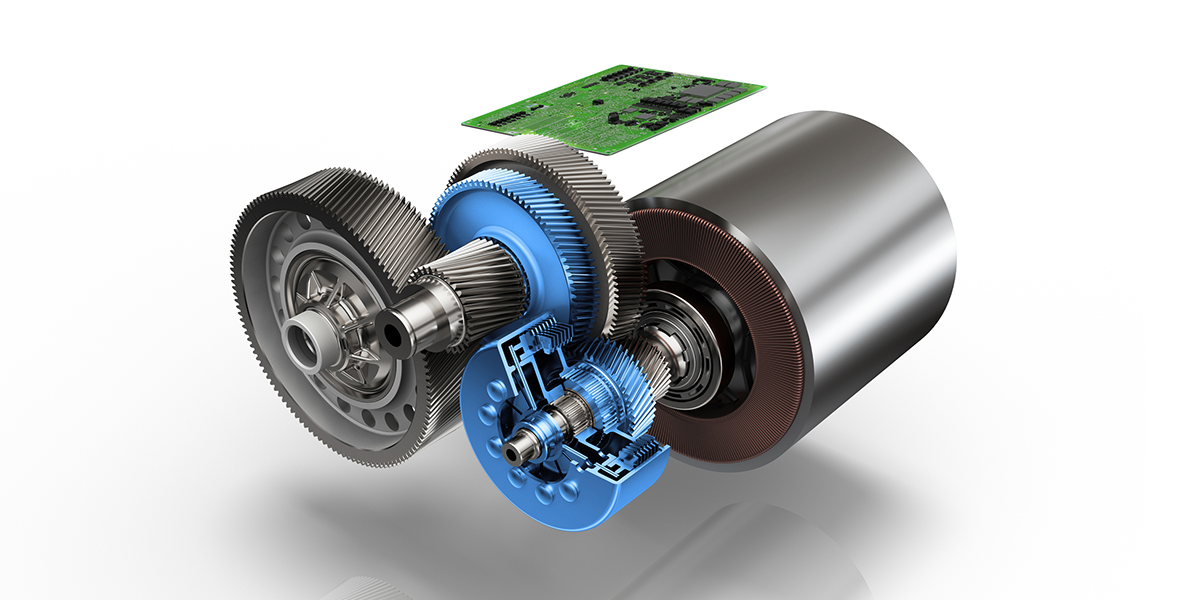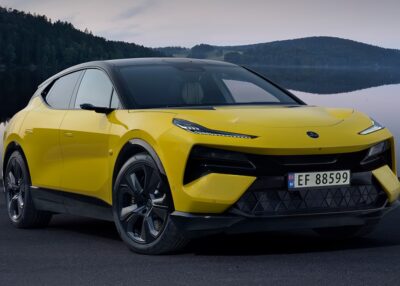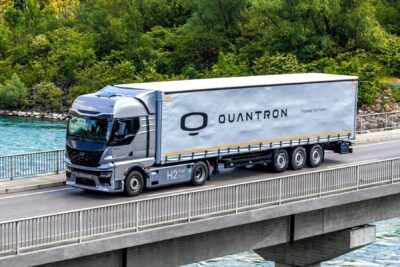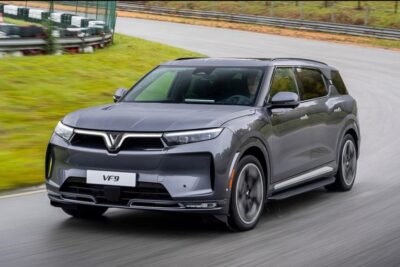ZF presents two-speed drive for electric cars
ZF presents a drive for fully electric passenger cars this time. It combines a newly developed electric motor with 140 kW maximum output, a shift element and power electronics. The transmission is to increase efficiency and thus the range of electric cars.
The automotive supplier ZF wants to transfer its transmission know-how to electromobility. “For electric vehicles in everyday use, it is important to obtain as much range as possible from each battery charge,” says Bert Hellwig, head of the E-Mobility system house at ZF. “Every per cent of improvement in energy conversion efficiency translates into two per cent more range.” Compared to the otherwise usually rigid transmissions – a single-speed transmission, so to speak – the German company speaks of an increase in range of up to five per cent.
According to ZF, two scenarios are conceivable – either in the direction of efficiency or performance. In standard mode, gear changes take place at 70 km/h. Since the transmission is connected to the vehicle’s CAN communication, the shift strategy can also be optimised for consumption – for example, on inclines and declines. If the next charging station is too far away, however, the transmission can switch to an “Eco” mode with foresight, claims ZF.
In performance vehicles, the two-speed transmission is intended to help defuse a conflict of development goals. “Until now, with electric motors, vehicle manufacturers have had to choose between high initial torque and a high top speed,” says Hellwig. “We are now resolving this conflict and the new drive will be compatible for performance and heavier vehicles – for example for passenger cars towing a trailer,” he explains.
The question is though, whether there is such a conflict – the Tesla Model 3 Performance accelerates to 100 km/h in 3.4 seconds and still achieves a top speed of 261 km/h. “The Tesla Model 3 Performance is a very powerful engine,” he says. The Model S Performance accelerates better (2.6 seconds) but is slightly slower at top speed (250 km/h). Both models have rigid ratios.
According to the German supplier, the new electric drive should be flexible in use. On one hand, it should also be suitable for compact passenger cars due to its space-optimised design. The modular design of the new transmission means that it should also be able to fit heavier cars, that might, for example, pull a trailer. So the new transmission may fit a variety of requirements.
Last week, news broke that ZF is supplying the complete electric drive for the front and rear axles of the Mercedes EQC – although here the transmission ratio is still rigid. In addition to the Mercedes order, the third-largest German supplier had made headlines in recent weeks with major orders from BMW and Fiat Chrysler for its new hybrid transmission. Said modular system of the new transmission makes it possible to implement mild, full and plug-in hybrid drives with peak outputs of 24 to 160 kW.





0 Comments